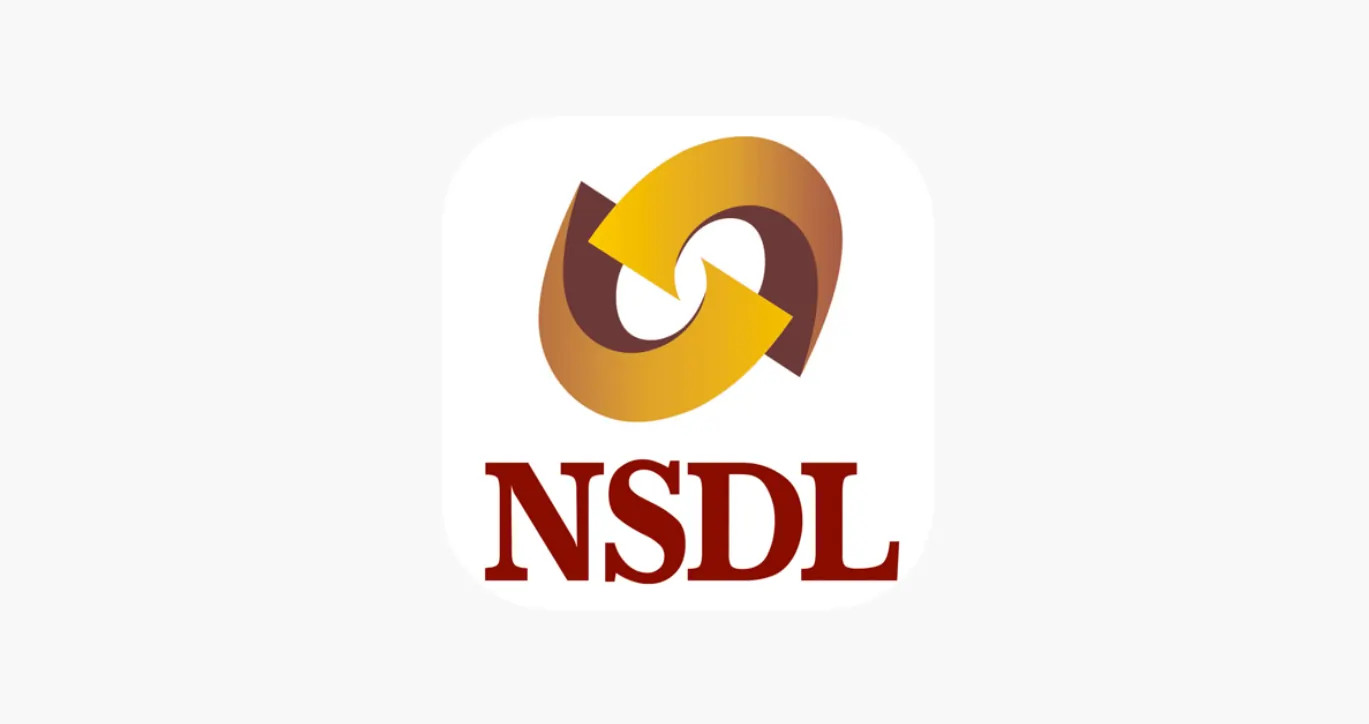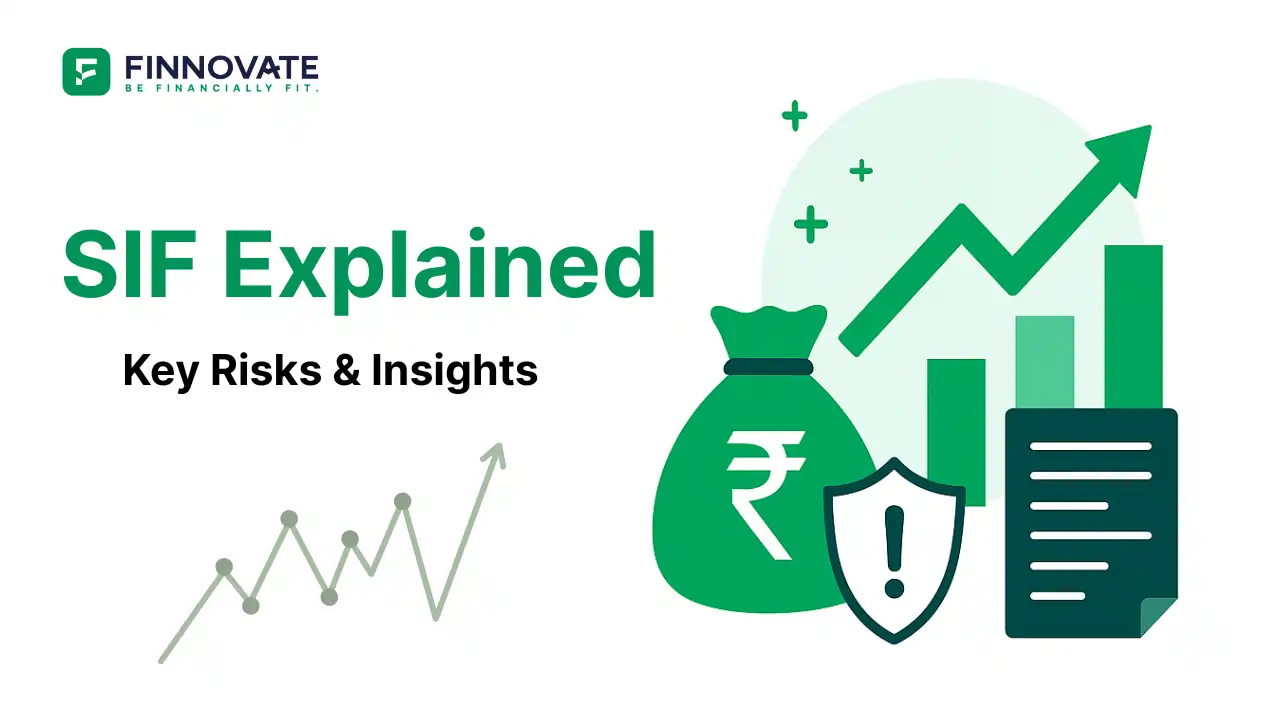
Adani Cement Consolidation Explained: Strategy, Costs, and Competition
Adani is consolidating ACC, Ambuja, and other cement assets into a single platform. Here�...
Rates; how much higher
In the February 2023 policy, the MPC hiked rates by just 25 bps to 6.50%. RBI has already hiked rates by a full 250 bps since May 2022. Now, that is a lot of hawkishness. Despite getting only 4 votes out of 6 in favor of the rate hike, the RBI stand appears to be that they would not relent on rate hikes for the time being. The terminal rates are not yet clear but it looks like rates could be headed above the 7% mark. It looks the right choice; but we come back later.
What has driven hawkishness
There are 2 important reasons why the RBI wants to remain hawkish for the time being. Firstly, inflation on the CPI side is yet to come down sharply. In the month of January, CPI inflation actually surged back to 6.52%, indicating that the RBI was justified in staying hawkish. The second major reasons is the US Fed action, which is still bordering on staying hawkish for now. The RBI cannot afford to be very much at divergence with the Fed as it could lead to capital outflows. Indian has seen billions of dollars flow out in the last 18 months and there is not much additional pressure that the forex reserves can really handle now.
It is actually about expectations
One of the key things that the RBI has been trying to regulate and manage in recent months is inflation expectations. In reality, it is the inflation expectations that set the tone for future prices and in that turn influences buying and selling decisions of individuals. Currently the, inflation expectations are still quite high and the bet is that the RBI will intervene and deploy tightening measures to further control inflation. If the RBI is not seen to be doing that, it can lead to a spike in inflation expectations. That, in turn, will impact current spending and saving decisions and could worsen the inflation scenario. That is the tightrope.
Pragmatism will prevail
Eventually, we will see rates driven by pragmatism. In the US and EU, there already are fears of a recession. The Indian economy is still growing rapidly, but higher rates are already putting a lot of pressure on company financials. In Q3FY23, interest cost of companies in India has gone up sharply and profits have also been hit. Leave out the banks, and the profits of the other sectors on an aggregate are actually down 7% yoy in Q3FY23. That is not a pressure that India can sustain for too long since it does need low rates to boost the capital spending cycle and to give a thrust to infrastructure. This will not be limited to India alone, but there would be global turn towards pragmatism in CY2023!
Popular now

Learn how to easily download your NSDL CAS Statement in PDF format with our step-by-step g...

Explore what Specialised Investment Funds (SIFs) are, their benefits, taxation, minimum in...

Learn How to Download Your CDSL CAS Statement with our step-by-step guide. Easy instructio...

Looking for the best financial freedom books? Here’s a handpicked 2025 reading list with...